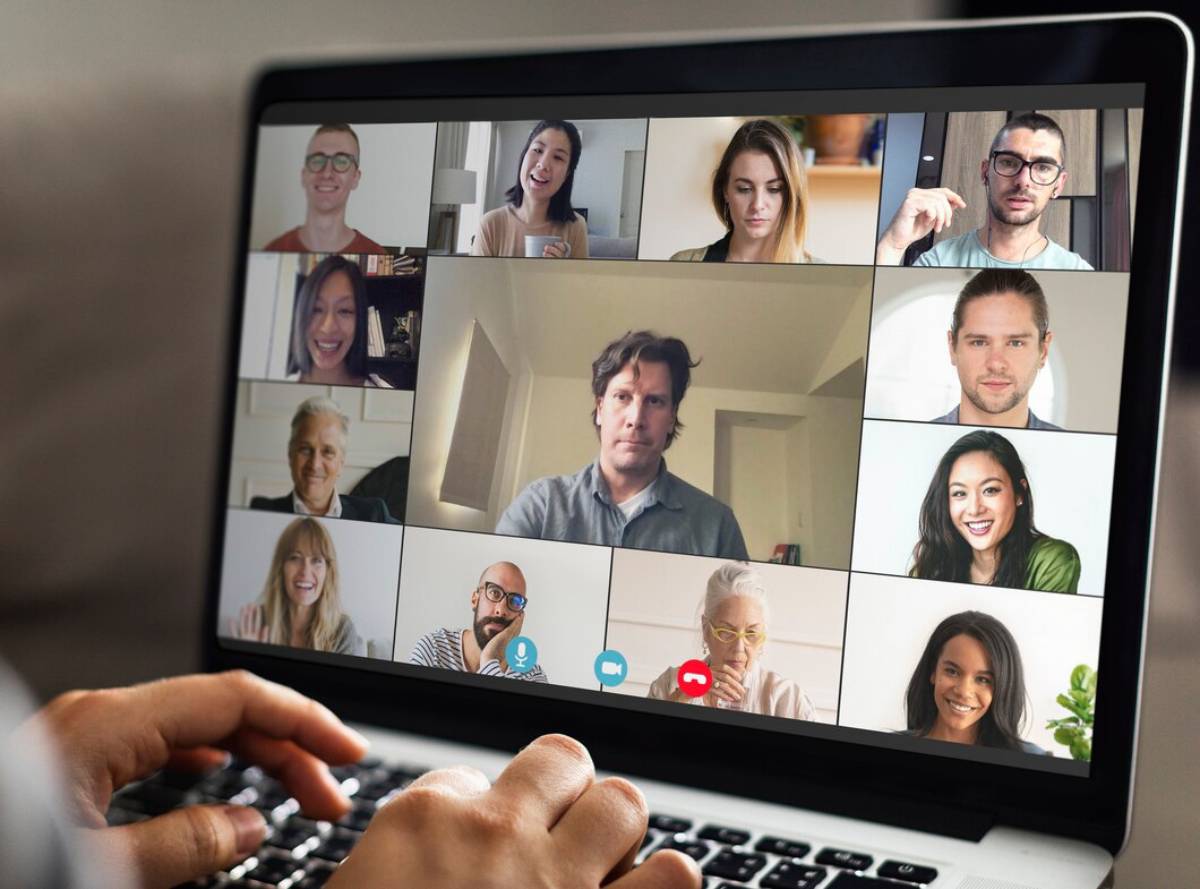The Business Blog

Managing Time Zones as a Digital Nomad: Essential Tips and Strategies
The digital nomad lifestyle is soaring as remote work reshapes our world. It offers unparalleled freedom, allowing you to work nearly anywhere your heart desires. Yet, this liberty comes with the challenge of juggling time zones. Navigating these can be tricky, particularly with global teams at play. In this blog, we’ll dive deep into the art of time zone management for digital nomads. With expert tips and enlightening insights, we’ll equip you to master this vital facet of remote work.
Key Benefits of Effective Time Zone Management

Mastering time zone management is vital for digital nomads. It paves the way for smooth communication and harmonious collaboration with global teams. Coordinating schedules across time zones is the name of the game. Everyone stays aligned, creating a shared rhythm that beats with efficiency. This synchrony not only amplifies productivity but also cultivates a spirit of unity and teamwork.
Mastering time zone management is the secret to a harmonious work-life symphony. Plan your work hours carefully. This way, you can save your valuable personal time from overwork. This equilibrium is essential for nurturing your mental well-being. Moreover, it wards off burnout, a lurking shadow many remote workers confront.
Moreover, mastering time zone management elevates your professional standing. Punctuality speaks volumes about your reliability and commitment, transcending borders. This expertise opens doors—think better job prospects and career advancement. Employers cherish individuals who navigate time like pros.
Real-Life Applications
A digital nomad in Bali juggles time zones like a pro. Collaborating with teams across Europe and North America, they master the art of scheduling. By navigating the clock’s whims, they craft meeting times that work for all. Sometimes, this means early sunrises or late-night brainstorms. Their careful planning keeps the team linked and working well, even with the distance.
Additional Expert Tips & Common Mistakes to Avoid
Best Practices for Time Zone Management
Navigating time zones can feel like herding cats, but technology comes to the rescue. Tools like World Time Buddy and Google Calendar make tracking time zones easy. They highlight time overlaps. This helps you find the best meeting times for everyone. Say goodbye to scheduling headaches and hello to seamless collaboration!
Set the stage for success with clear communication protocols. Outline response time expectations and define preferred channels for dialogue. If a team member has set hours of availability, honour that schedule. Avoid interruptions during their focused time. Effective communication nips misunderstandings in the bud and aligns the entire team. With clarity, everyone remains on the same page, sailing smoothly toward shared goals.
It’s also beneficial to create a routine that accommodates your work schedule. You may need to change your sleep patterns. Also, plan your day for when you feel most productive. When you align your routine with work, you become more efficient. This also helps you maintain a healthy work-life balance.
Common Mistakes to Avoid
Digital nomads often miss the mark with daylight-saving time shifts. Seasonal adjustments can mess up meeting schedules. Ignoring them can create chaos. Keep your finger on the pulse of time changes in your team’s locations.
One common pitfall is overcommitting to meetings. Being present for team talks is vital. However, excessive meetings can lead to burnout. Prioritise only the essential gatherings. Where possible, combine discussions into one. This strategy lightens your meeting load and saves valuable time.
Advanced Insights and Expert Recommendations
Embracing Flexibility
As a digital nomad, your greatest asset is flexibility itself. Embrace the freedom of working from various locations—make it your secret weapon! Shift your work hours to sync with your team’s time zones. Use quiet moments to dive deep into critical tasks. This adaptability not only increases your productivity but also enriches your vibrant nomadic lifestyle.
Leveraging Asynchronous Communication
Asynchronous communication is a lifeline for digital nomads navigating global time zones. It empowers seamless collaboration without the pressure of immediate responses. Think email, Trello, or Asana—tools that let ideas breathe and evolve. This way of talking keeps the work going, even when teammates are off relaxing elsewhere.
Building a Supportive Network

Building a community of digital nomads provides valuable insights and support. Dive into online groups or attend vibrant meetups where like-minded souls gather. Here, you’ll connect with those who genuinely understand the juggling act of time zones. Learning from each other unveils fresh strategies and sharpens your time management skills. Sharing experiences fuels growth and fosters development in this unique journey.
Conclusion: Managing Time Zones as a Digital Nomad
Managing time zones as a digital nomad is key to improving your remote work. Check out these tips to improve communication, maintain a healthy work-life balance, and boost your professional image. Effective time zone management goes beyond scheduling meetings. It helps create a work environment that fits your lifestyle and goals.
While you travel as a digital nomad, think about how you manage your time zone. Are there areas where you can improve? What steps can you take to optimise your schedule and enhance your productivity? Keep refining your approach to succeed in the fast-changing remote work world.
Share your experiences and insights with the digital nomad community. Your input helps everyone understand time zone challenges better. This makes a more connected and productive global workforce.









